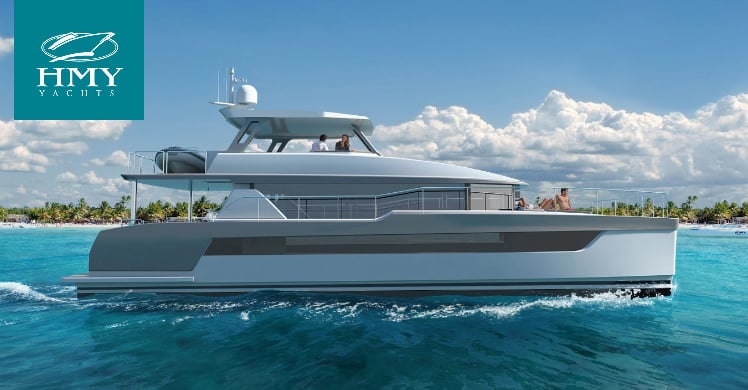Ships and Swords: An Overview of the Viking Age
The Viking age spanned the years between 793 and 1066 AD in Europe. Many people imagine barbaric savages wearing horned helmets when they think about Vikings. Although there are many legends about Vikings, these stories perpetrate myths filled with inaccuracies. Learning about Viking culture and history in Scandinavia will help you to better understand their impact on Europe and how and why the Viking age ended.
Viking lived in small communities and their farmhouses were usually longhouses built of wood. Roofs were thatched or made of wood. A fireplace stood in the center of the longhouse, and this was where food was prepared. The longhouses were smoky environments and lacked much in the way of ventilation; this contributed to health issues. A single hole in the ceiling was used to vent smoke from the fireplace. Benches lined and supported the walls of the longhouses, and usually one end of a house was used to shelter the animals. Often portrayed as big and strong in legends, Viking may have likely had some visible muscles thanks to the hard, physical farm labor they engaged in regularly. Vikings also paid careful attention to personal hygiene, and archaeologists have found some beauty items that suggest that Vikings used tools such as tweezers and combs to groom themselves. Depending on their geographic location, most Vikings had red or blonde hair.
The Vikings were the people living in Scandinavia and the Northern Atlantic settlements. The word Viking translates to pirate or raider, and for many, the understanding of Viking culture stops there. Yes, Viking raids took place, raiders made up a small percentage of the community. Oftentimes, raids were carried out as a means of gaining funds to be applied to shipbuilding, farming, and other businesses.
Vikings may be best known for their ships, and as long as they were wealthy enough to have employees who would manage their farms, they were able to roam the ocean as they wished. In 793, Vikings set sail in boats across the North Sea with a destination in mind. Off the coast of Northumberland, England, the Lindisfarne monastery stood. The Vikings did not completely destroy the monastery, but the attack was severe enough to alarm religious leaders in Europe. European lands were lacking powerful figures in central authority during this time. Instead, weak and ineffective local leaders were in charge in most areas. These small localities were unable to defend themselves against the Vikings, so the Vikings attacked and raided as they pleased. Viking raids became common, especially in the coastal communities along the British Isles. When internal conflicts occurred in Europe, the Vikings were ready to take advantage of the distractions and lack of defenses.
Eventually burgs, or towns, in Europe organized themselves to adopt centralized authorities, which also included trained armies to defend themselves against Viking raids. Communities built fortified monasteries and stored valuables there where Vikings couldn’t get to them in raids. Because the Vikings were not extensively trained and organized, they couldn’t prevail against organized and professional soldiers who began defending many European cities. The end of the Viking age occurred when their raids stopped.
Learn more about Vikings and the Viking age by visiting these websites:
- The Vikings: Yale Historian Looks at the Myths vs. the History
- “The Wrath of the Northmen”: The Vikings and their Memory
- What Happened to the Vikings?
- The Viking Age
- Vikings – History, Origins & Tactics
- The Viking Age: An Overview
- The Vikings and the Viking Era
- The Viking Age Began in Denmark
- Viking History: Facts & Myths
- Women in the Viking Age
- The Viking Age Timeline
- Viking Ships
- Environment and Trade: Viking Age
- What Was the Viking Age and When did it Happen?
- The Beginning of the Viking Age
- Viking Ships
- Overview of Viking Ships
- The Vikings
- Building and Sailing a Viking Ships
- Types of Viking Ships
- What are Viking Ships?
- Making a Viking Ship
- Findings of Longships from the Viking Age
- A Viking Ship
- Norwegian Vikings
- What Vikings Really Looked Like
- The Amazing Vikings

